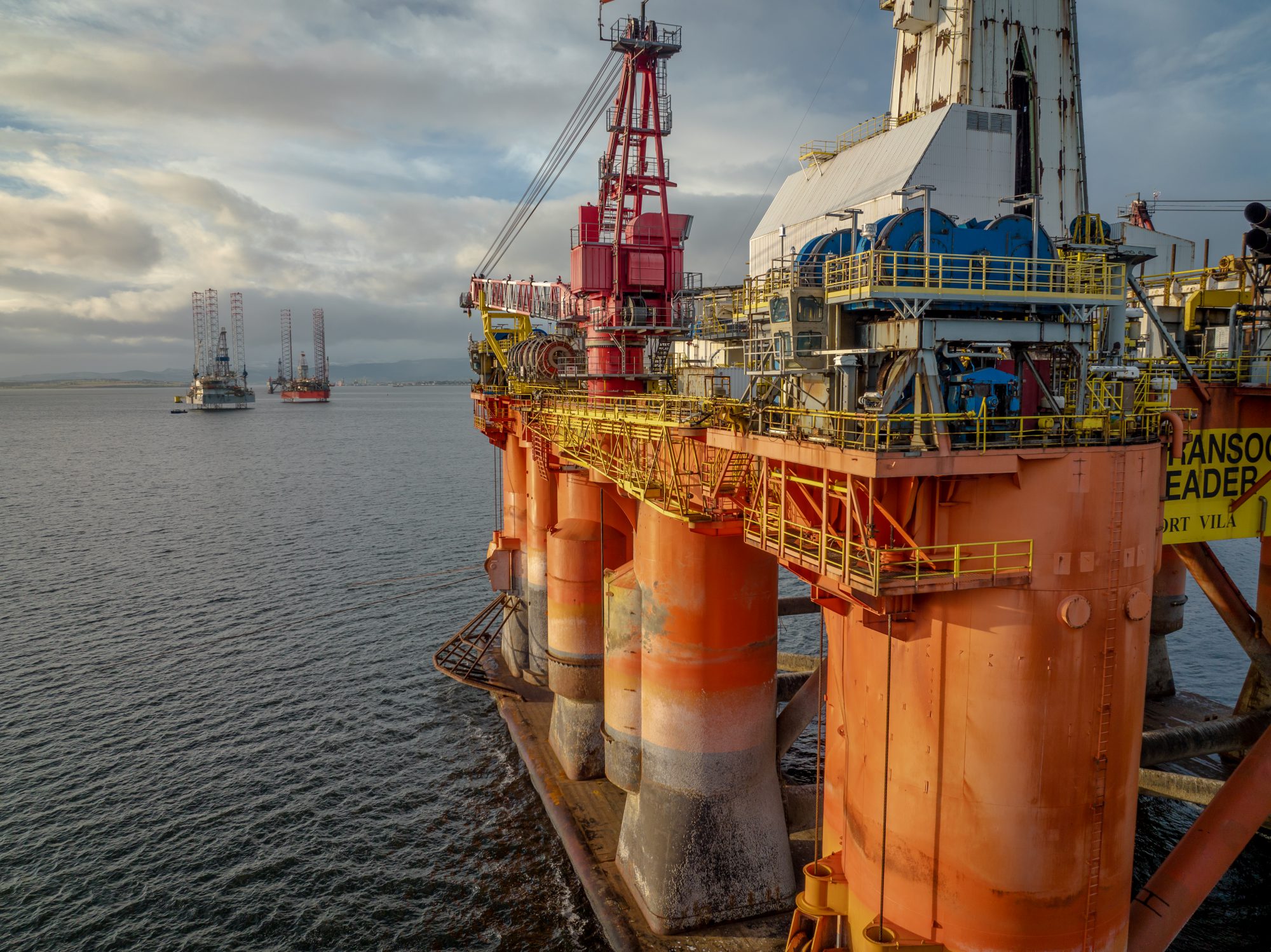Vietnam’s offshore oil and gas fields face unique challenges due to their remote locations and complex transportation systems. These fields rely on subsea pipelines to connect production and processing platforms over long distances. One key example is the crude oil transportation pipeline between the Ca Ngu Vang field and the Central Processing Platform at the Bach Ho field. However, like many others, this pipeline experiences serious flow assurance challenges due to wax deposition, leading to significant economic, environmental, and safety risks.
The Issue of Wax Deposition in Oil Pipelines
The crude oil flowing through these pipelines contains high levels of paraffin. As the oil cools below the Wax Appearance Temperature (WAT) in the subsea pipeline, wax forms and deposits on the inner walls. Over time, these deposits thicken, leading to partial or full blockages that restrict or stop the flow of oil.
If operators fail to address wax buildup, they often need to stop production to replace clogged pipeline sections, incurring costs of up to $30 million per incident. The Gulf of Mexico faced over 50 pipeline blockages between 1992 and 2002, with replacement costs of $5 million per incident and another $25 million lost due to downtime. Similarly, in the North Sea’s Staffa field, severe wax deposition caused such extensive damage that operators abandoned the platform, leading to a $100 million loss.
How DragX Revolutionizes Flow Assurance
These costly and hazardous incidents highlight the critical need for better flow assurance in offshore oil transportation. While traditional methods like thermal insulation or chemical treatments help manage wax buildup, they can be expensive and risky for the environment. DragX, an innovative pipeline coating, offers a better solution.
DragX uses nanocomposite surface treatment technology to address pipeline issues effectively. Applying DragX to pipelines drastically reduces the potential for wax buildup. The coating creates a slick, low-friction surface inside the pipeline, improving flow and preventing wax deposits from forming. DragX repels oil and water-based contaminants, ensuring smoother crude oil flow without paraffin-related obstructions.
The Benefits of DragX for Oil and Gas Pipelines
- Enhanced Flow Assurance: DragX reduces the buildup of wax and other deposits inside pipelines, ensuring consistent flow. Its low-friction surface helps prevent harmful deposits from forming.
- Reduced Maintenance Costs: By preventing wax buildup, DragX minimizes the need for costly cleaning, shutdowns, and repairs, saving operators millions.
- Extended Pipeline Lifespan: With less blockage and corrosion, DragX-treated pipelines last longer, reducing long-term costs.
- Improved Environmental Safety: Fewer pipeline incidents mean lower risks of oil spills and environmental harm. DragX is a non-toxic, water-based coating that poses no environmental threats during its use.
A Preventative Approach for Future Pipelines
In Vietnam, where the Ca Ngu Vang field produces between 6,200 and 20,000 barrels of oil per day, preventing wax deposition is essential to maintain cost-efficient operations. By using DragX, companies like Hoan Vu Joint Operating Company can ensure better flow assurance, prevent costly shutdowns, and improve overall efficiency.
DragX represents the future of pipeline maintenance in the oil and gas industry, particularly in offshore environments. With innovative solutions to problems like wax buildup, DragX helps companies save millions while ensuring safer, more environmentally friendly operations.
The Ca Ngu Vang case highlights the dangers and costs associated with wax deposition in pipelines. With advanced coatings like DragX, the industry can move towards more efficient, reliable, and sustainable pipeline operations, avoiding the failures seen in Vietnam, the Gulf of Mexico, and the North Sea. Reach out to our experts for more information on DragX.

